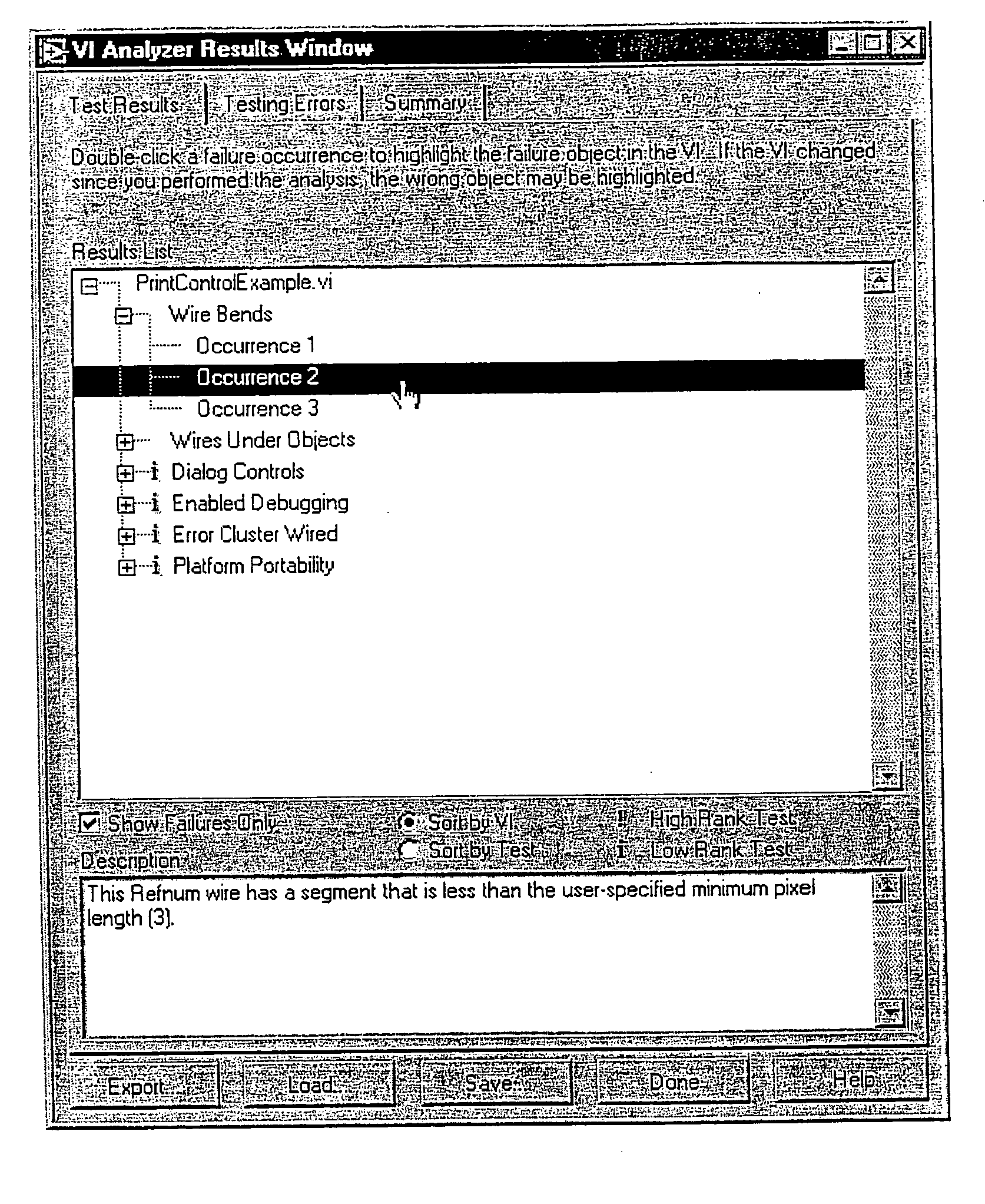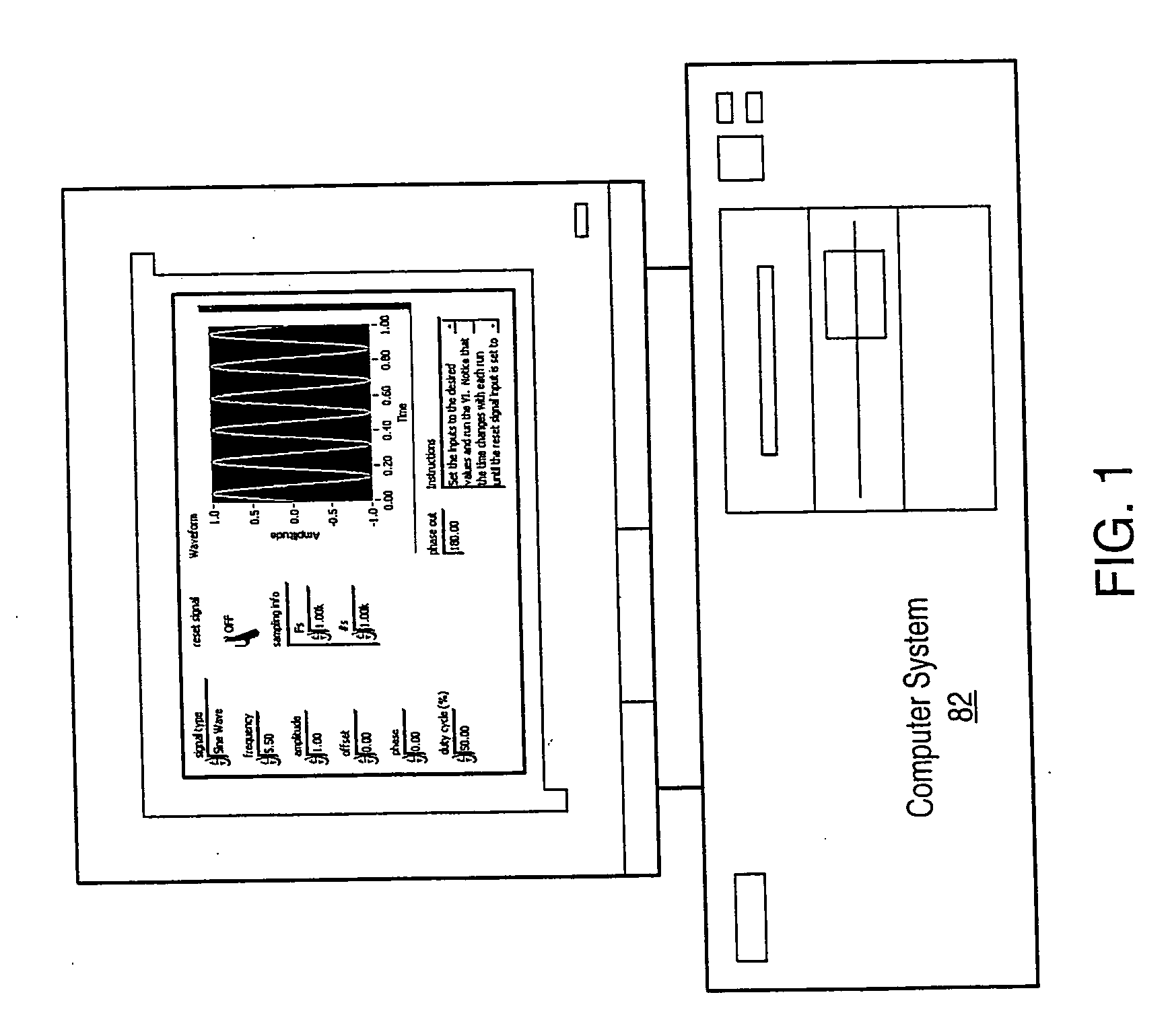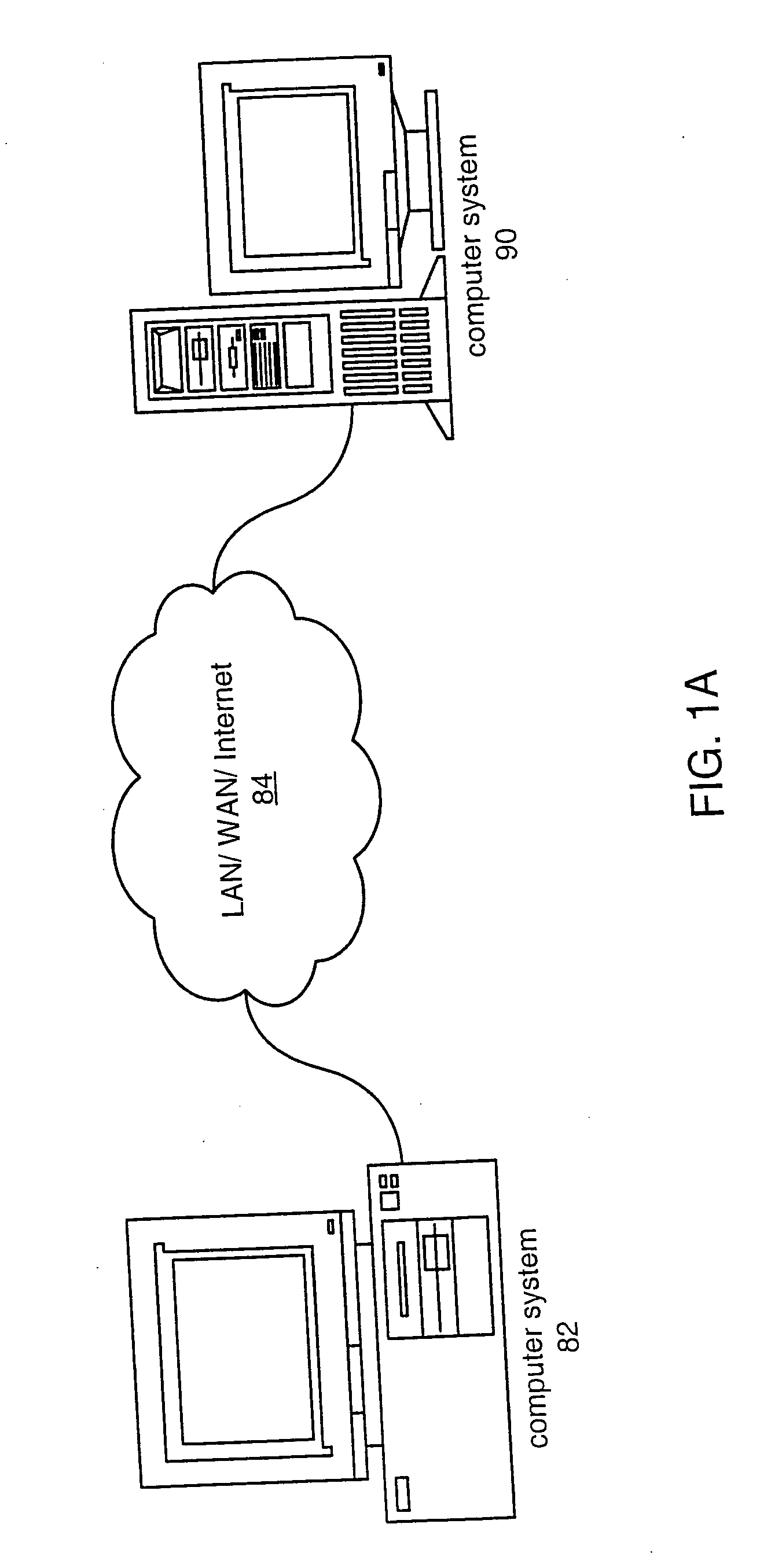Application programming interface for synchronizing multiple instrumentation devices
- Summary
- Abstract
- Description
- Claims
- Application Information
AI Technical Summary
Benefits of technology
Problems solved by technology
Method used
Image
Examples
example c programs
for Performing Synchronization
[0225] The following are example programs in C respectively illustrating synchronization of multiple instruments using prior art techniques and using an embodiment of the present API.
C Program Using Traditional API#define sessionCount 10 / / assume 10 sessions are being synchronizedint sessions[sessionCount];double lockTime[sessionCount];double lockConfirmTime[sessionCount];double meas[sessionCount];char syncCmnd[500];int i;statusWrap(traditional_dsgnCmndSession(session[0]));statusWrap(traditional_getTimingEngineName(session[0], syncCmnd));strcat(syncCmnd, “ / syncCmnd”);for (i=0; istatusWrap(traditional_setSyncCmndSrc(session[i], syncCmnd));for (i=0; i{statusWrap(traditional_getPLLLockTime(session[i], lockTime[i]));statusWrap(traditional_getPLLLockConfirmTime(session[i],lockConfirmTime[i]));statusWrap(traditional_prepareToResetPLL(session[i]));}statusWrap(traditional_issueResetPLLCmnd(session[0]));wait(max(sessionCount, lockTime)); / / assume wait and max...
PUM
 Login to View More
Login to View More Abstract
Description
Claims
Application Information
 Login to View More
Login to View More - R&D
- Intellectual Property
- Life Sciences
- Materials
- Tech Scout
- Unparalleled Data Quality
- Higher Quality Content
- 60% Fewer Hallucinations
Browse by: Latest US Patents, China's latest patents, Technical Efficacy Thesaurus, Application Domain, Technology Topic, Popular Technical Reports.
© 2025 PatSnap. All rights reserved.Legal|Privacy policy|Modern Slavery Act Transparency Statement|Sitemap|About US| Contact US: help@patsnap.com



